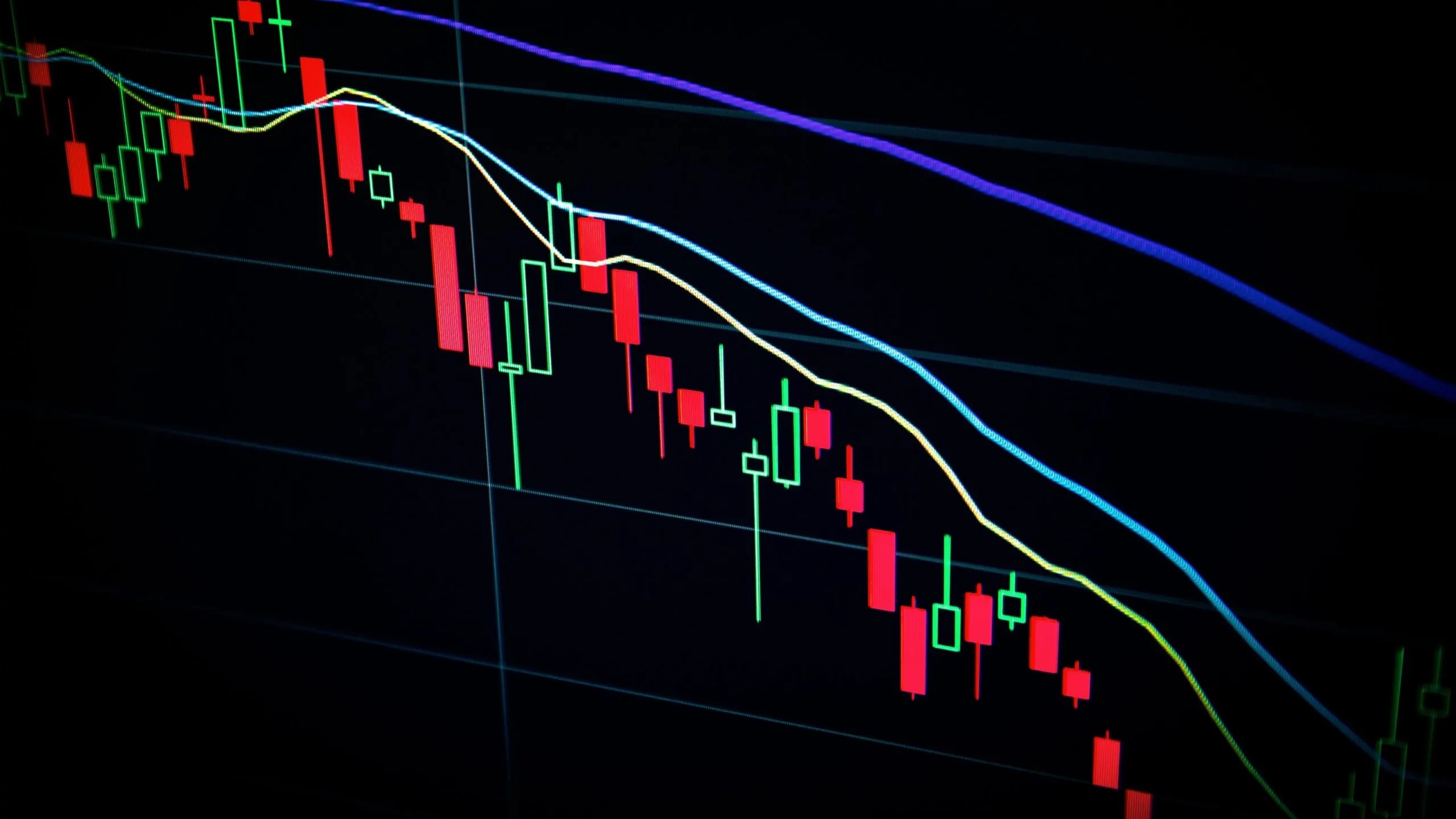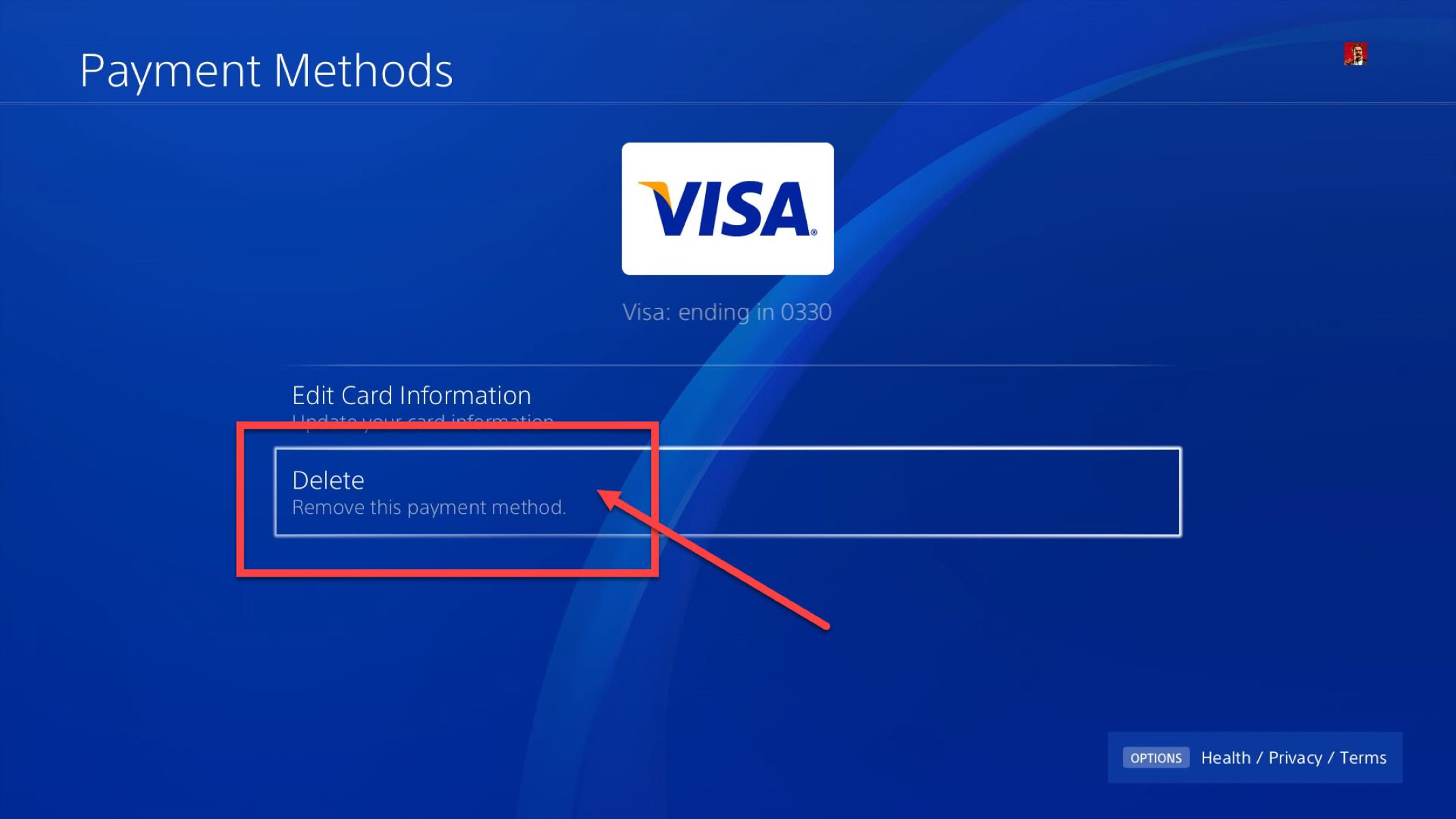Home>Finance>What Does High Volume And Low Open Interest Mean In Options Contracts?


Finance
What Does High Volume And Low Open Interest Mean In Options Contracts?
Published: February 29, 2024
Discover the significance of high volume and low open interest in options contracts in the world of finance. Learn how these factors impact trading decisions.
(Many of the links in this article redirect to a specific reviewed product. Your purchase of these products through affiliate links helps to generate commission for LiveWell, at no extra cost. Learn more)
Table of Contents
Introduction
Welcome to the fascinating world of options trading! As you embark on your journey into the realm of financial markets, it's crucial to grasp the significance of key indicators that can influence your trading decisions. One such pair of indicators are high volume and low open interest in options contracts. Understanding these concepts is essential for navigating the complexities of options trading and making informed choices.
Options contracts are derivative securities that provide the holder with the right, but not the obligation, to buy or sell an underlying asset at a predetermined price within a specified time frame. High volume and low open interest are critical metrics that shed light on the activity and interest surrounding specific options contracts. Volume refers to the total number of contracts traded during a given period, while open interest represents the total number of outstanding contracts at the end of a trading day.
In this article, we will delve into the nuances of high volume and low open interest in options contracts, exploring their implications, factors affecting them, and the significance they hold for traders. By the end of this journey, you will have a comprehensive understanding of how these indicators can impact your options trading strategies and decision-making processes. Let's embark on this enlightening exploration into the world of high volume and low open interest in options contracts.
Understanding High Volume and Low Open Interest
High volume and low open interest are crucial metrics that provide valuable insights into the dynamics of options trading. When a particular options contract experiences high trading volume, it signifies a substantial level of activity and interest from market participants within a specific timeframe. This heightened level of activity can be an indicator of significant market sentiment or the presence of a major news event impacting the underlying asset.
On the other hand, low open interest indicates a relatively small number of outstanding contracts for a particular options series. This can reflect limited investor interest or participation in that specific contract. Low open interest may suggest that the options market for that particular underlying asset is relatively inactive or that traders are not heavily engaged in establishing new positions or hedging strategies using those options.
It’s important to note that high volume and low open interest are not mutually exclusive. It is possible for an options contract to experience both high volume and low open interest simultaneously. This scenario may occur when a substantial number of contracts are traded within a short period, but the overall open interest remains relatively low, indicating that the trading activity is not sustained over time.
Traders and investors closely monitor the interplay between volume and open interest to gauge the strength and sustainability of market trends, as well as to assess the liquidity and depth of the options market for a particular underlying asset. Understanding the implications of high volume and low open interest is essential for formulating effective trading strategies and identifying potential opportunities or risks within the options market.
Implications of High Volume and Low Open Interest
High volume in options contracts can have several implications for traders and investors. Firstly, it may signal heightened market interest and significant trading activity, potentially indicating a strong market sentiment or the anticipation of a substantial price movement in the underlying asset. Traders often interpret high volume as a reflection of increased market attention and the potential for significant shifts in supply and demand dynamics.
Additionally, high volume can contribute to enhanced liquidity in the options market, allowing traders to enter and exit positions more easily. This liquidity can lead to narrower bid-ask spreads and reduced slippage, providing a more favorable trading environment. However, it’s important to assess whether the high volume is accompanied by a proportional increase in open interest, as sustained interest over time is crucial for the stability and reliability of market trends.
Conversely, low open interest in options contracts may present challenges for traders. Limited open interest can lead to wider bid-ask spreads and reduced liquidity, potentially resulting in higher trading costs and increased difficulty in executing trades at favorable prices. Furthermore, low open interest may indicate a lack of market depth and participation, raising concerns about the effectiveness of using those options for hedging or speculative purposes.
Traders should be mindful of the implications of low open interest, particularly when considering the potential impact on their trading strategies and the overall market conditions. While low open interest does not necessarily imply an unfavorable trading environment, it does warrant careful consideration and risk assessment to ensure that trading decisions align with the prevailing market dynamics.
Understanding the implications of high volume and low open interest empowers traders to interpret market signals effectively, adapt their strategies to prevailing market conditions, and make well-informed decisions to capitalize on opportunities while managing risks within the options market.
Factors Affecting High Volume and Low Open Interest
Several factors can influence the levels of volume and open interest in options contracts, shaping the dynamics of the options market and impacting traders’ decision-making processes. Understanding these factors is essential for gauging market sentiment and identifying the underlying drivers of trading activity and interest in specific options series.
- Market News and Events: The release of significant economic data, corporate earnings reports, geopolitical developments, or other market-moving events can trigger a surge in options trading volume. Traders react to new information by adjusting their options positions, contributing to increased trading activity and heightened market interest.
- Volatility and Price Movements: Elevated market volatility and substantial price movements in the underlying asset often lead to increased options trading volume as traders seek to capitalize on potential price fluctuations or protect their positions through options strategies. Conversely, periods of low volatility may result in decreased trading activity and subdued open interest.
- Expiration Cycles: Options contracts typically have monthly expiration cycles, with heightened trading activity often observed as expiration dates approach. This can impact both volume and open interest, as traders adjust or roll their positions in response to expiring contracts, influencing market dynamics.
- Market Participants and Institutional Activity: The involvement of institutional investors, hedge funds, and other large market participants can significantly impact options trading volume and open interest. Institutional trading strategies, such as hedging or speculative positions, can contribute to substantial changes in market activity and interest levels.
- Underlying Asset Characteristics: The nature of the underlying asset, including its liquidity, sector-specific developments, and overall market trends, can influence options trading dynamics. Assets with high trading volumes and significant market attention are likely to experience higher options trading activity and open interest.
By considering these factors, traders can gain valuable insights into the drivers of high volume and low open interest in options contracts, enabling them to adapt their strategies to changing market conditions and make informed trading decisions.
Conclusion
High volume and low open interest in options contracts are pivotal indicators that offer valuable insights into market activity, sentiment, and liquidity within the options market. By understanding the implications of these metrics and the factors influencing their levels, traders can make informed decisions and adapt their strategies to prevailing market conditions.
High volume often signifies heightened market interest and significant trading activity, potentially indicating strong market sentiment and the anticipation of substantial price movements in the underlying asset. It also contributes to enhanced liquidity, facilitating smoother trade execution. Conversely, low open interest may present challenges, leading to wider bid-ask spreads and reduced liquidity, impacting trading costs and execution efficiency.
Various factors, including market news and events, volatility, expiration cycles, institutional activity, and underlying asset characteristics, can influence the levels of volume and open interest in options contracts, shaping market dynamics and impacting trading activity. Traders must remain vigilant and consider these factors when interpreting market signals and making trading decisions.
Ultimately, a nuanced understanding of high volume and low open interest empowers traders to navigate the complexities of the options market with confidence, enabling them to capitalize on opportunities while effectively managing risks. By incorporating these insights into their trading strategies, traders can harness the power of high volume and open interest to optimize their options trading endeavors and achieve their financial objectives.














